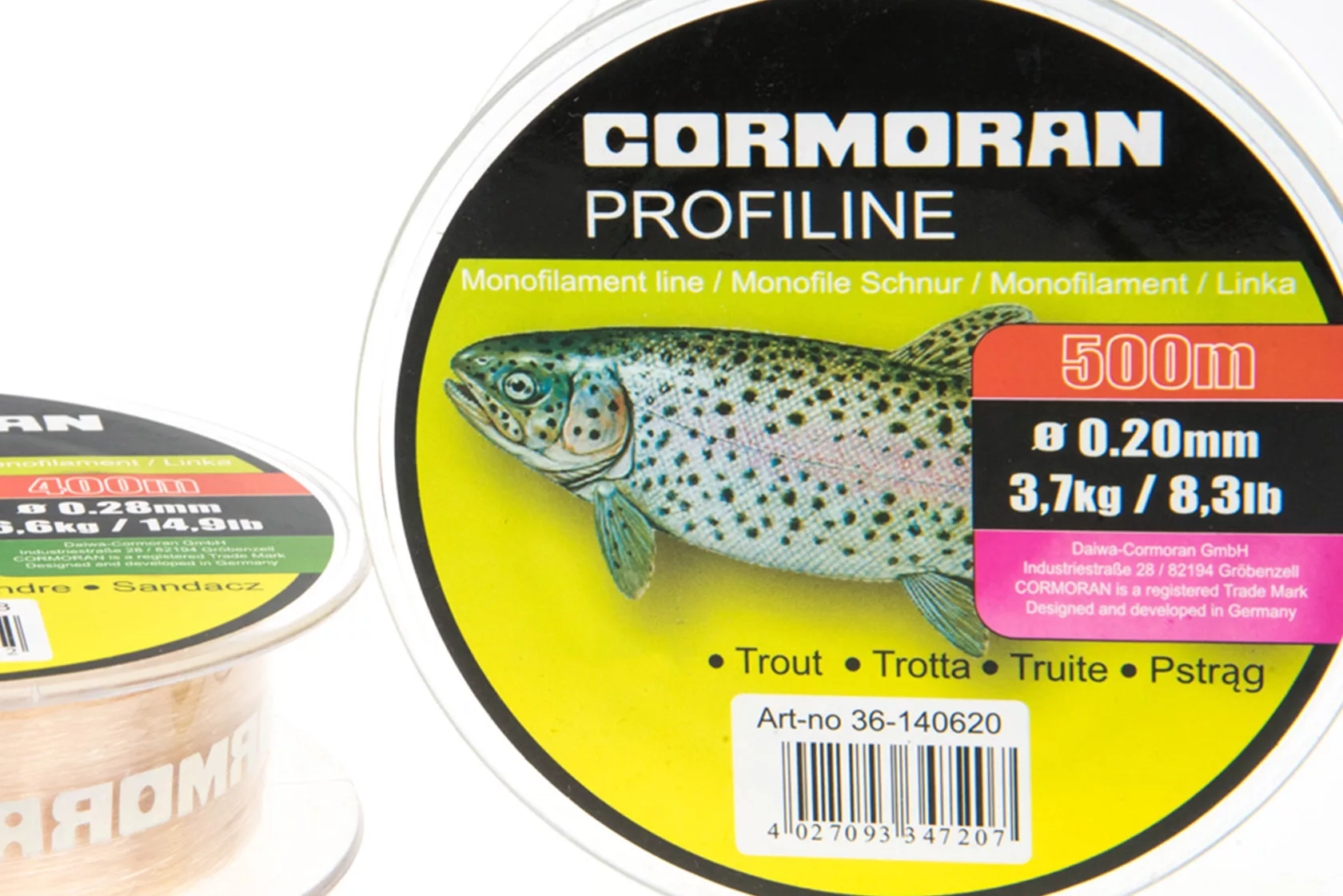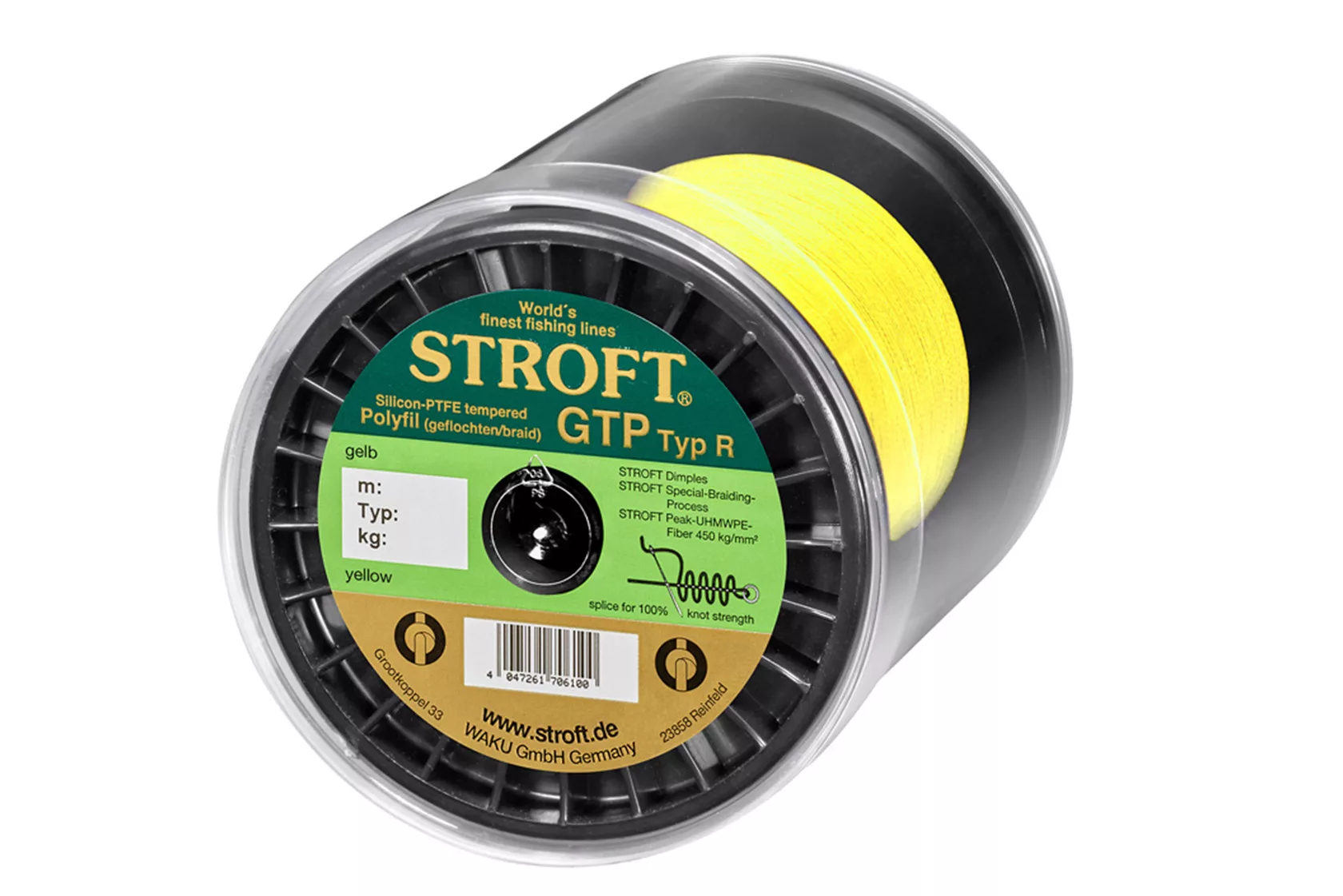Welcome to ‘Fishing Line: The Ultimate Guide!’ Want to know which line suits your fishing style? Discover the secrets, explore the options, and reel in success with our comprehensive guide. Let’s dive right in!
Fishing Line 101: Everything You Need To Know!
Are you tired of tangled lines and missed bites? Unlock the secrets of fishing lines and discover the key factors that can transform your fishing game. From load capacity to memory effect, we’ve got you covered. Learn how to tame unruly lines, store them like a pro, and make the right choices for your angling adventures. Get ready to cast with confidence and reel in success like never before. Read on and dive into the fascinating world of fishing lines and elevate your fishing skills to new depths!
Choosing the right fishing line
The line, a crucial link between angler and fish, is both delicate and vulnerable. Obstacles and sharp edges can easily damage it during a fight. That’s why I prioritize quality when selecting fishing lines. Saving a few bucks on cheaper options can result in losing the fish of a lifetime due to line breakage.
For beginners, exploring the world of fishing lines can be frustrating. Countless manufacturers and brands boast colorful packaging and impressive claims. However, not all lines are suitable for every fishing technique. Factors like buoyancy, stretch, knot strength, and abrasion resistance are crucial considerations. The choice of line even impacts the sinking speed of the lure. To make an informed decision, it’s essential to understand the different types of line available.
Monofilament fishing line
The monofilament fishing line, derived from the Greek words “monos” (meaning “single”) and “filum” (meaning “thread”), is widely popular. It consists of a single fiber and is cost-effective to produce. Synthetic plastic particles are melted together, extruded through a small nozzle under high pressure, and then stretched to the desired diameter.

The fiber’s thickness determines its strength capacity, with thinner fibers having lower tensile strength. During production, various color pigments can be added to dye the monofilament line, offering a wide range of colors.
Monofilament is chosen when an affordable and stretchable line is required. Surprisingly, I prefer using mono as a leader for the Carolina Rig. Unlike fluorocarbon, monofilament has buoyancy, allowing the lure to sink more slowly and stay afloat for a longer time. This characteristic increases bite opportunities, especially on challenging fishing days.
Did you know?
Did you know that the very first monofilament fishing line made its debut back in 1939 thanks to DuPont? Initially, it wasn’t exactly flexible or easy to tie knots with, which made anglers skeptical. However, continuous advancements in the manufacturing process eventually turned the tide, and the triumph of monofilament became unstoppable.
Fluorocarbon: The Stealthy Multitasker?
Let’s dive into the technical realm for a moment. Fluorocarbon line is crafted from a thermoplastic fluoroplastic called polyvinylidene fluoride (PVDF). Compared to pure monofilament, it boasts higher density and a harder surface. The increased density lends to faster sinking, ideal for situations requiring a (fast) sinking line.

Anglers swear by fluorocarbon’s purported invisibility to fish, as its light refractive index hovers around 1.4 (compared to water at 1.33 and monofilament at roughly 1.54). Scientific evidence on its true visibility remains inconclusive, yet my extensive hours on various waters worldwide lead me to believe that, under certain conditions, fluorocarbon is less detectable by fish.
The choice between normal monofilament and fluorocarbon ultimately depends on personal preference. For my finesse setups, I heavily lean towards fluorocarbon, as its advantageous properties outweigh any drawbacks.
Braided Lines: A High-Tech Connection
Step into the world of braided lines, also known as polyfile fishing lines, which have a rich history. The term “poly” derives from ancient Greek, meaning “numerous,” while “filum” translates to “thread.” As the name suggests, polyfile lines consist of numerous individual fibers tightly woven together.

These lines excel when low stretch and high knot strength are essential. Initially crafted from natural fibers like cotton or linen, modern manufacturing techniques tightly braid synthetic materials such as Dacron, Spectra, or Micro-Dyneema into what appears as a single fiber. The superior abrasion resistance of these synthetic fibers makes them ideal for fishing in rocky areas or near sharp edges where monofilament lines struggle.
With minimal elongation, braided lines offer precise artificial bait control and excellent bite detection. Every nibble and tap is distinctly felt, enhancing the overall fishing experience. Embrace the high-tech wonders of braided lines, forging an unbreakable connection to the fish.
Hybrid Fishing Line: Bridging the Best of Both Worlds
Get ready to experience the ultimate fishing line innovation—the hybrid fishing line. It combines the best features from two types of line to bring you unmatched performance. Enjoy the flexibility and impressive strength of monofilament, paired with the exceptional durability and invisibility of fluorocarbon. The best part? It comes at a more affordable price compared to pure fluorocarbon.

With easy line connections and strong knots, this versatile line is perfect for any fishing situation. Its special fluorocarbon coating ensures excellent performance in clear waters. That’s why more and more anglers, especially those who love ultralight (UL) and finesse fishing, are choosing thin hybrid lines as their top pick. Discover the winning combination of the hybrid fishing line for unparalleled angling success.
Essential Line Terminology (ELT)
Load Capacity
When it comes to fishing lines, load capacity is a vital measure of strength before snapping. Several factors affect it:
- Temperature (hot or cold)
- Wet or dry conditions
- Knots tied on the line
- Line’s age
- Material used in manufacturing
While browsing fishing lines, you might notice similar load capacity ratings but varying thicknesses. Here’s why I always opt for thinner lines with the same load capacity:
- Reduced memory effect, water resistance, and fish visibility
- Enhanced lure play, feedback, and casting prowess
Memory Effect
Ah, the pesky memory effect—every angler’s frustration when dealing with monofilament lines. It’s that annoying tendency for the line to retain its previous spool’s shape, causing it to spring off when you least expect it.

But fear not! With these tried-and-true tips, you’ll conquer the memory effect like a pro:
- Quality is Key
Don’t skimp on line quality. Cheaper options often suffer from a more pronounced memory effect. Invest a few extra dollars in your next fishing line for better performance.
- Stretch it Out
Tame unruly lines with a simple stretching technique. Start from the line’s end and gradually work your way forward, meter by meter. Hold the line firmly with both hands and gently stretch it. For thicker lines, repeat the process as needed.
Try This Practical Trick
Taming Tricky Fluorocarbon Leaders
Dealing with stubborn fluorocarbon leaders? Here’s a nifty solution: Attach a hefty weight to one end of the line and tie a loop knot at the other. Hang it up overnight. By morning, your leader will be perfectly straightened and ready for action.
Strategic Storage: Beating the Heat (and Cold)
Protect your fishing line from temperature extremes and banish those pesky line curls once and for all. Say no to hot car trunks and freezing sheds! Store your spooled fishing reels indoors, in a temperature-stable environment. Your line will thank you with tangle-free, hassle-free fishing experiences.
Reel it in, Line Lovers!
Now you’re armed with the knowledge of important line factors like load capacity, memory effect, and proper storage. You’ve learned how to tame stubborn leaders and keep your line in top shape. So, go out there, cast your worries away, and enjoy a smooth fishing experience with your well-maintained fishing line.
Remember, the right line can make all the difference between landing the big one or just reeling in tales of the one that got away. Tight lines and happy fishing!
Have fun, tight lines and enjoy the great outdoors!
Amazing Links
- Ready to discover the surprising world of largemouth bass? Check out our article on “50 fun and shocking facts about largemouth bass” and get hooked! Link: 50 Fun Facts About Bass
- Want to make sure the bass you catch survive and thrive? Learn the right way to catch and release them with our informative guide. Link: How To Catch And Release Bass
- Are you curious about what largemouth bass eat? Our article “What do Bass eat?” has all the answers and might just surprise you. Link: What Do Largemouth Bass Eat
Catch us on Instagram
Get stunning photos, expert tips, and engaging stories that will take your fishing game to the next level. Don’t miss out and follow us on Instagram today!


Comments are closed.